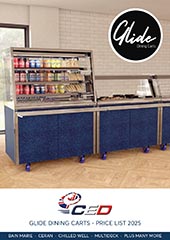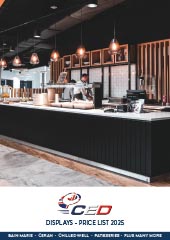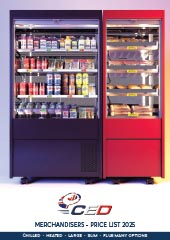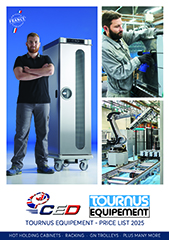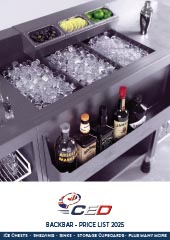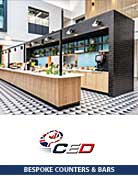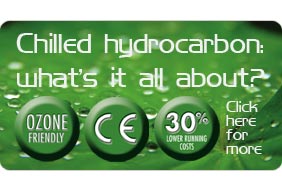
- GlideDining Carts
- Glide Cold Dining Carts
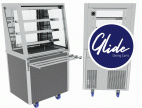
- Glide Heated Dining Carts
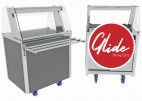
- Glide Ambient Dining Carts
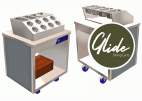
- Glide Electrical MCB Station
- Glide Ambient Multideck
- Glide Ambient Multideck (Shutter)
- Glide Ambient Cupboard (Plain Top)
- Glide Cutlery Tray Pick Up Unit
- Glide Cashier Section
- Glide Waste Clearing Trolley
- Glide Low Height Tray Pick Up Stand
- Glide 45° & 90° Corner Infill Units
- Glide Twin Ambient Plate Dispenser
- Glide Sanitising Dispenser Unit
- Glide Cold Dining Carts
- Drop InDisplays
- NEW Scenic Hot / Cold Deli Drop In Display Range

- Kubus Cold Drop In Display Range

- Kubus Hot Drop In Display Range

- Kubus Ambient Drop In Display Range

- Kubus Drop In Display Options

- Designline Cold Drop In Display Range

- Designline Hot Drop In Display Range

- Designline Ambient Drop In Display Range

- Designline Drop In Display Options
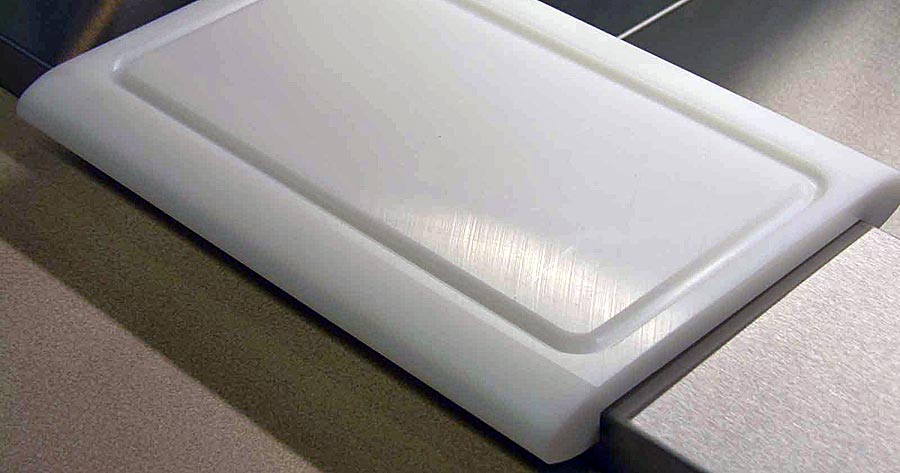
- NEW Scenic Hot / Cold Deli Drop In Display Range
- NEW Drop InPatisseries
- MerchandisersStand Alone
- NEW PatisseriesStand Alone
- FabricationBespoke
- BackbarModules
- ServeryCounters
- GalleryCED

- HygieneSolutions
- CED Sanitiser Posts (Electronic/ Pump Dispenser)

- CED Guide Posts
(& Braided Ropes/
Hooks)
- CED Retractable Tape Barrier Posts
(Red/Black Belt)
- CED Elec. Sanitiser/
Retractable Tape
Barriers (Wall Mounted)
- Tournus Sanitiser Post (Pump Dispenser) Alcohol Gel

- Tournus Mobile Sanitiser Unit
(Pedal Operated)
- CED Sanitiser Posts (Electronic/ Pump Dispenser)
- StorageEquipment
- Basket Rack & Tray Dolley Range

- Euronorm & GN Container Trolley Range

- Self Help Tray Storage Trolley Range

- Racking : Aluminium & Polypropylene Shelving

- Utensil & Bakery Equipment Storage

- Basket / GN Container Storage Trolley Range

- Kitchen Storage & Preparation Trolleys

- Transport, Meat Hook & Laboratory Trolleys

- Waste Bag Holders & Bins

- Catering Storage Cupboards

- Bread Preparation Unit Range

- Wall Mounted Shelving Range

- Waste Management (Sorting Units & Tables)

- Basket Rack & Tray Dolley Range
- ServingEquipment
- Holding / Re-heatingEquipment
- WashingEquipment
- SterilizingEquipment

- QuickService
- NewProducts
Hydrocarbon Refrigeration (HT)
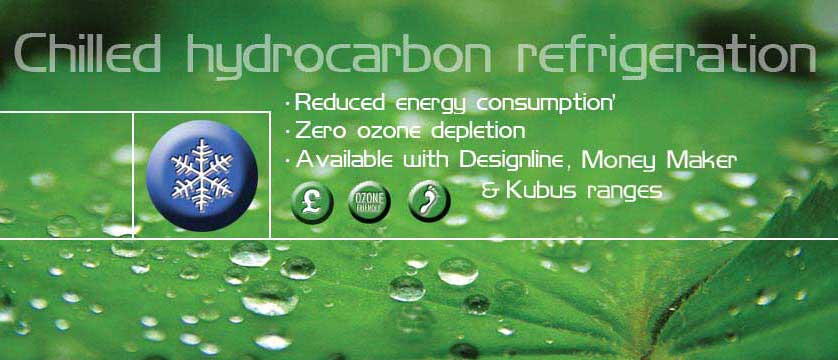
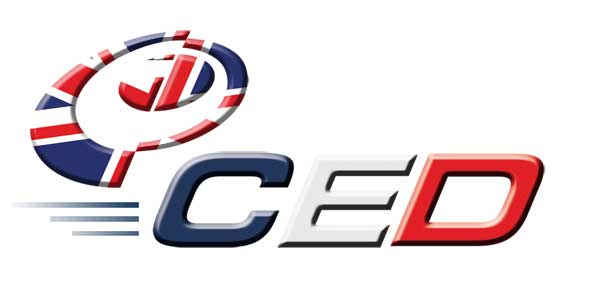 CED’s Energy Efficient Refrigeration Is Standard.
CED’s Energy Efficient Refrigeration Is Standard.
For a reduced carbon footprint, the range of CED cold drop in displays, merchandisers and patisseries are supplied as standard with our ‘Hydrocarbon gas technology’ system. Designline & Kubus ‘HT’ displays use a highly efficient naturally occurring refrigerant gas, within a leak tested, hermetically sealed range of R290 condensing units.

CED’s Designline, Kubus & Money Maker Chilled Display Ranges Feature:
- Reduced annual energy consumption by up to 37%.
- Zero Ozone Depletion Potential (ODP)
- Low global warming potential. (GWP)
- Sustainably sourced product packaging used for all units.
- Long life, low energy LED lighting as standard. (ecologically free of mercury, lead & phosphor).
- Fully supported in the field by a qualified service team.
- Independently CE approved
CED – Responsible Refrigeration Manufacturing.
CED’s contribution to climate control and our environmentally friendly refrigerated equipment is explained in this 15 minute video :
Ozone Layer Healing – The Latest.
Researchers say they have found the first clear evidence that the thinning in the ozone layer above Antarctica is starting to heal.
France Embraces Energy Efficient Hydrocarbon Refrigeration.
In a long-awaited move that may pave the way for wider uptake of hydrocarbon refrigerants in the French retail sector, the French government has increased the maximum recommended charge limit for hydrocarbons used in shops and shopping centres to 1.5 kg per circuit.

The increased limit is enshrined in a new fire safety guide governing the use of flammable refrigerants in shops and shopping centres.
Published on 27 December, the ‘Practical guide for fire safety in retail stores and shopping centres’ accompanies the implementation of updated regulations and promotes the harmonisation of practices across the French retail sector.
It is targeted at designers, building owners, building operators, equipment installers, technicians, safety officials, and administrative authorities.
The guide gives indications that govern the use of flammable refrigerants – A2L, A2 and A3 (hydrocarbons) – in cooling cabinets in areas of shops and shopping centres accessible to the public.
Under the new guidance, for instance, the maximum permitted propane (R290) charge per circuit is 1.5 kg in circuits located on the ground floor of the retail facility and 1 kg in circuits located in underground areas accessible to the public (in line with updated European standard EN 378-1).
Previously, the French HVAC&R sector had tended to adhere to the non-mandatory 150g charge limit recommended by the first iteration of European standard EN 378.


































































